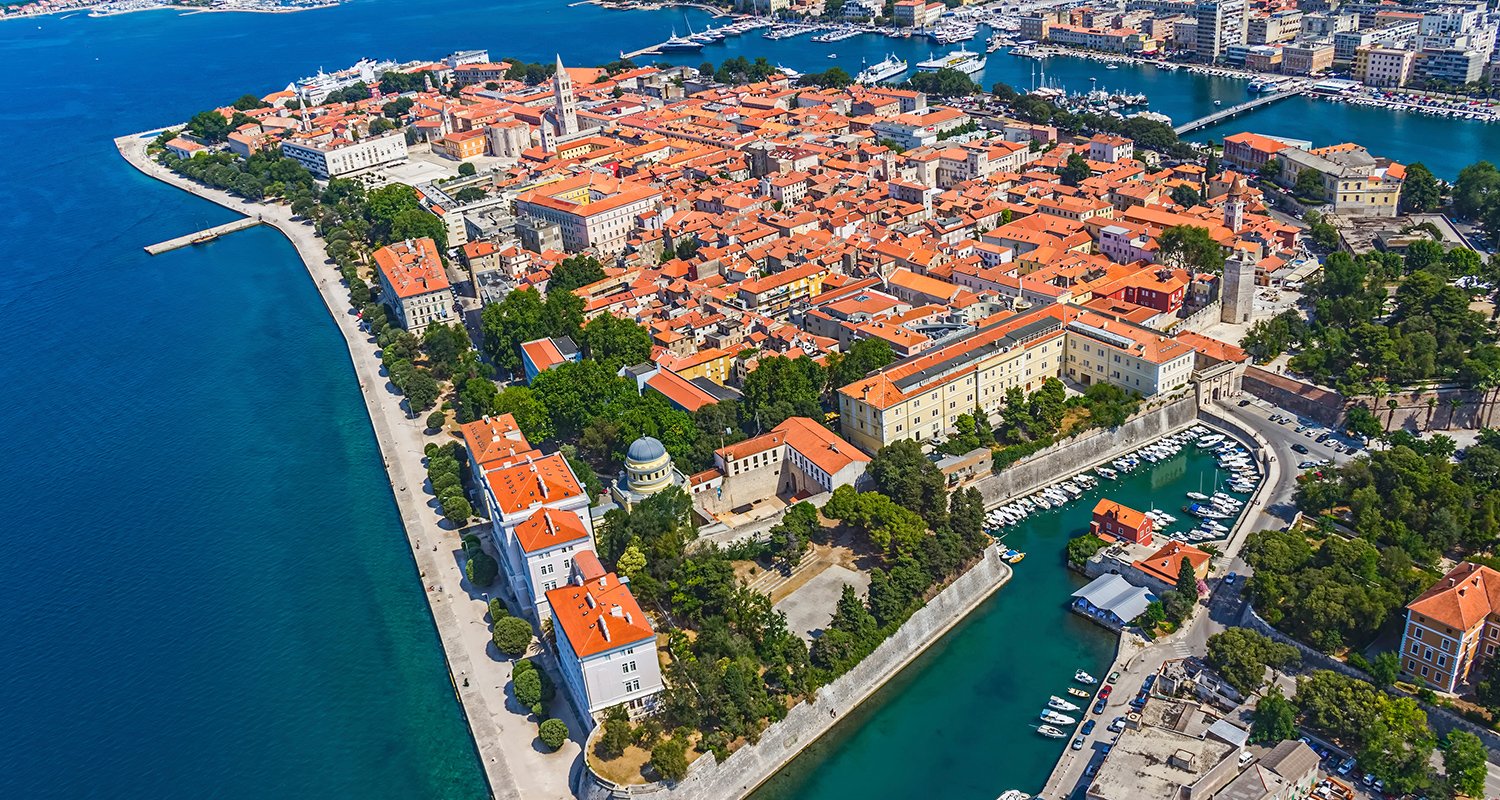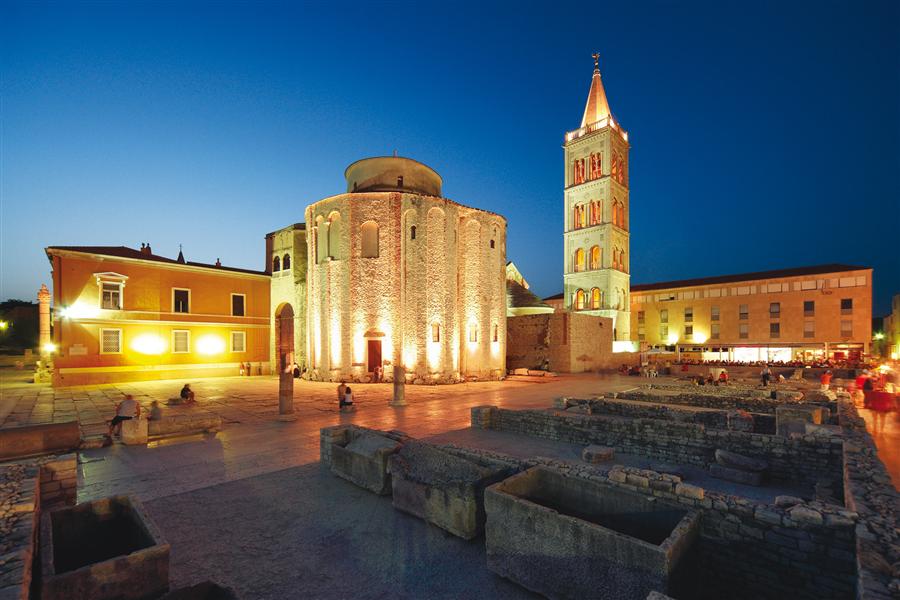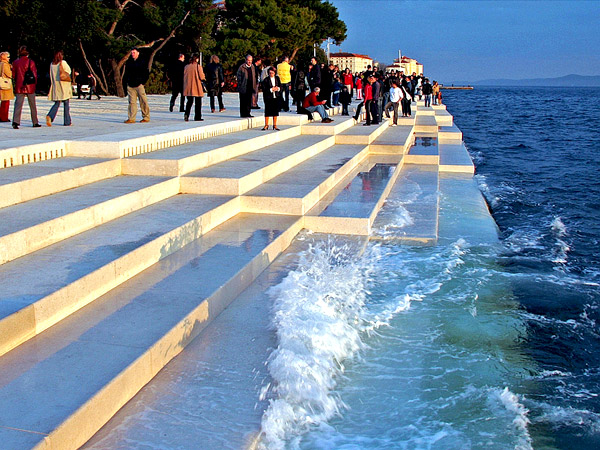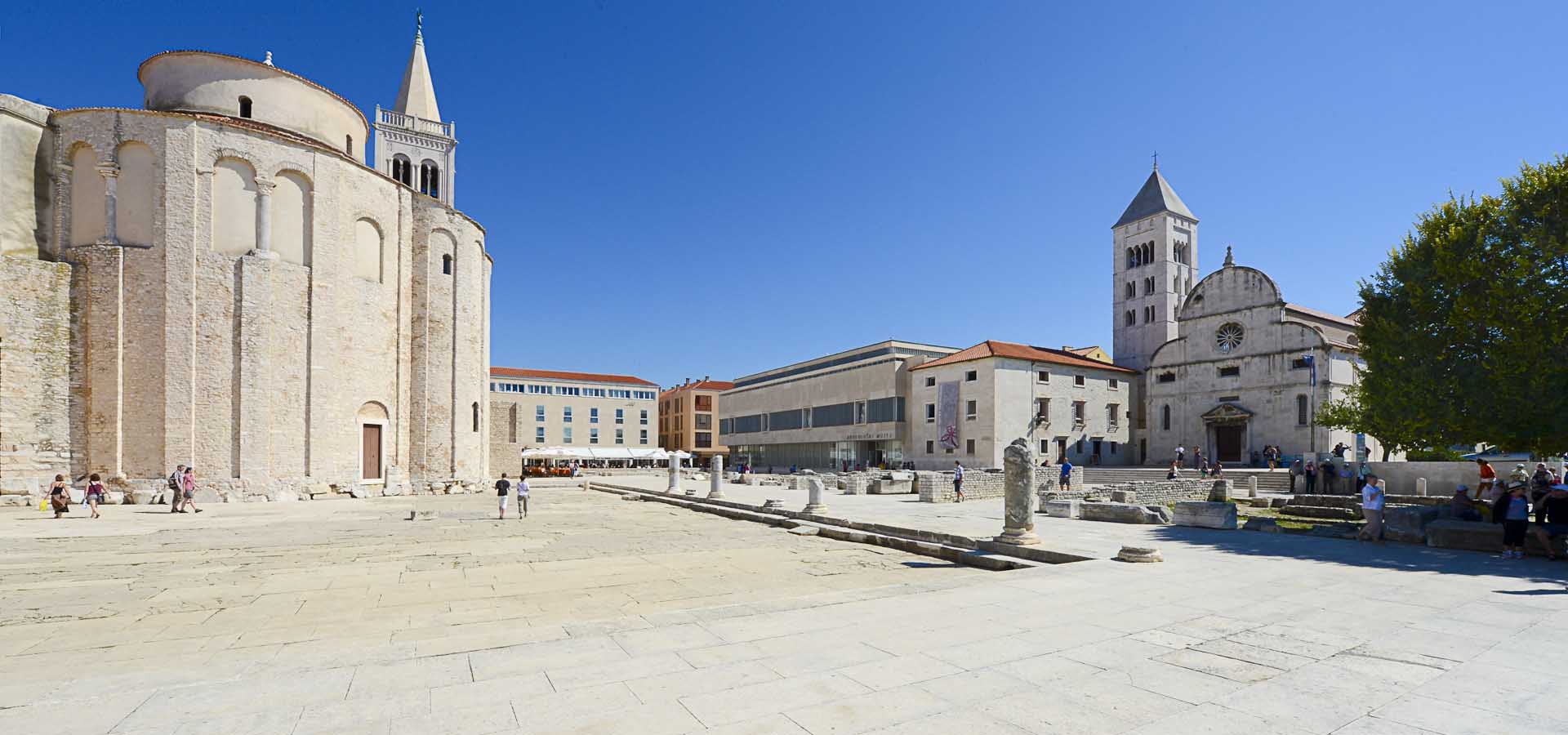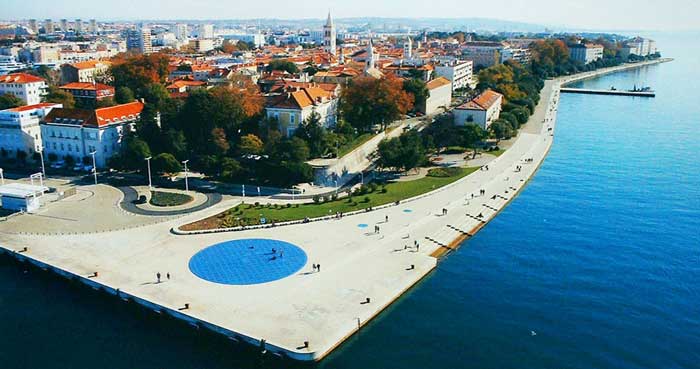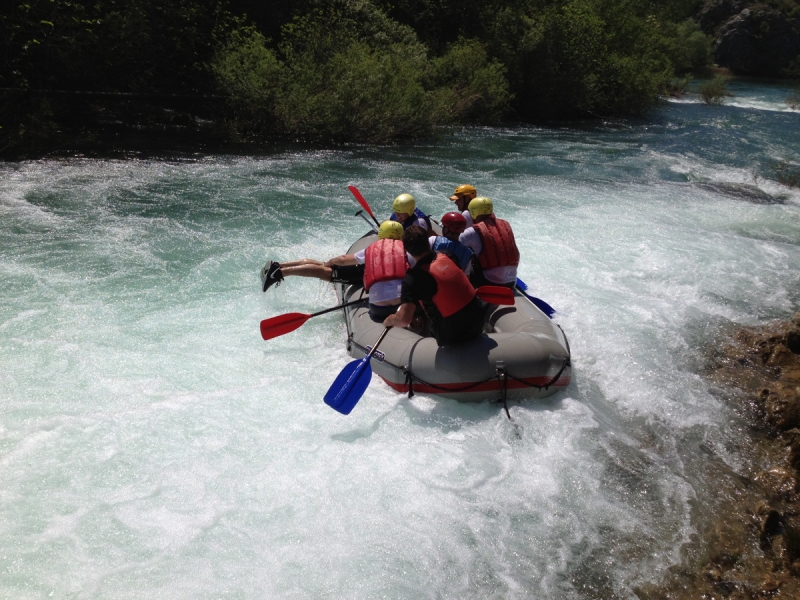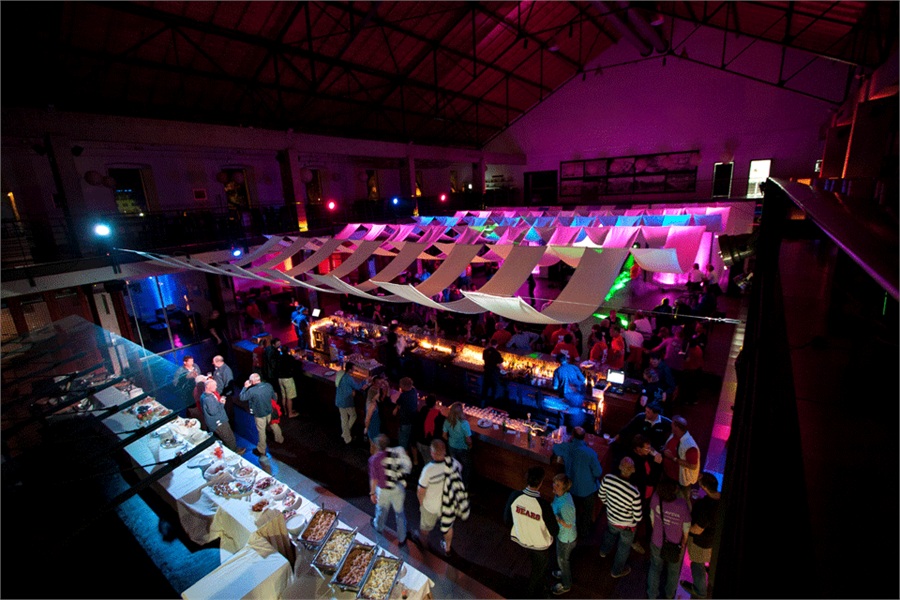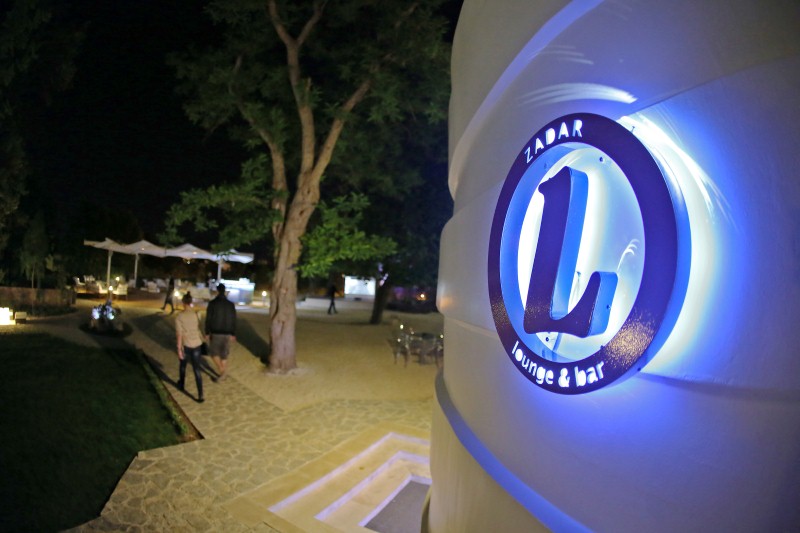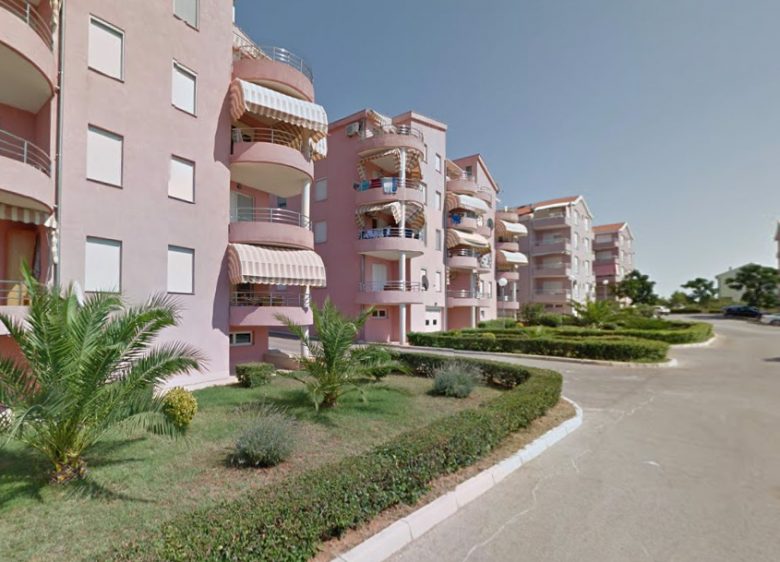Zadar
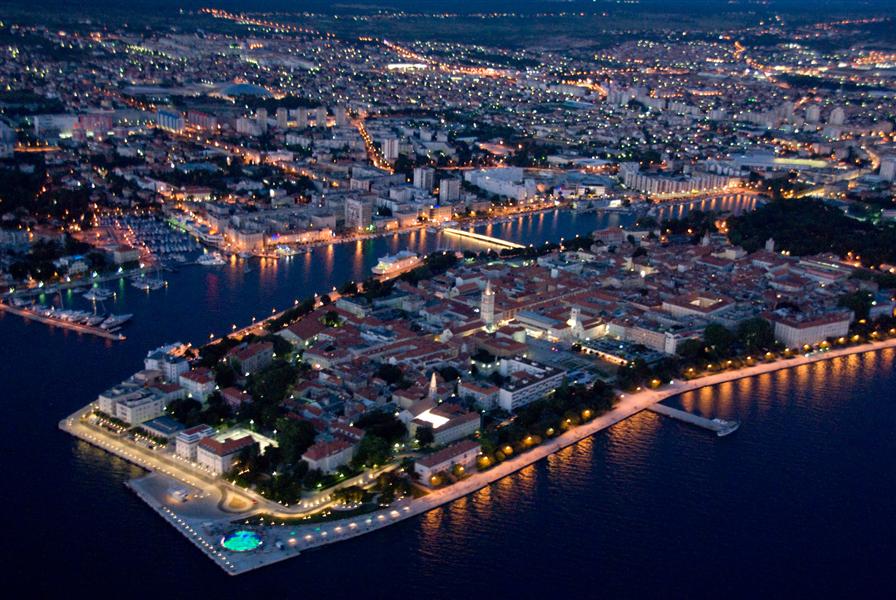
Welcome to the city of Zadar, a city of exceptional history and rich cultural heritage, a city of tourism. Our web site will try to offer you a complete tourist offer, from searching for an ideal accommodation, autochthonous gourmand delicacies, cultural monuments, a variety of excursion programs and numerous tourist activities that the city offers by combining the beauty of the past and all the privileges that the modern traveller demands.
The particularity of the city is irresistible for those who respect and admire historical monuments and cultural heritage, artists, tourists and its citizens. Zadar is a city monument, surrounded by historical ramparts, a treasury of the archaeological and monumental riches of ancient and medieval times, Renaissance and many contemporary architectural achievements such as the first sea organs in the world.
Zadar is a city where huge spaces are left for pedestrians. Using your guidebook, your walk along the cobblestone streets of the city will become a walk through history, and also an experience of the contemporary life of the city. When tired, do try to take a break in one of our restaurants, pastry shops or coffee shops that you can find in the gastro offer of this guidebook. Enjoy listening to the concerts, visit the theatre, museums, and exhibitions.
| Country | Croatia |
|---|---|
| Currency used | Kuna |

